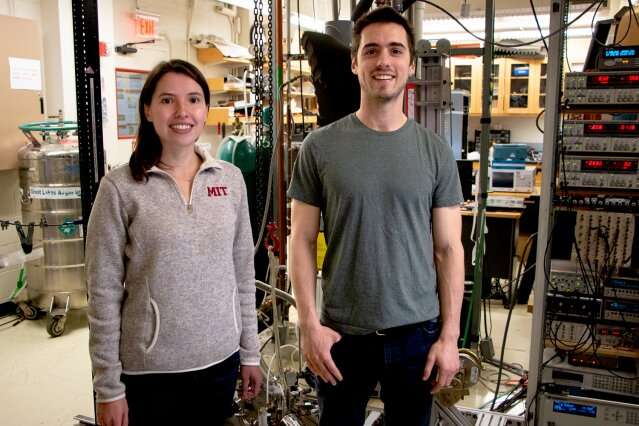Researchers led by MIT Department of Physics Professor
Pablo Jarillo-Herrero last year showed that rotating layers of
hexagonally structured graphene at a particular “magic angle” could
change the material’s electronic properties from an insulating
state to a superconducting state. Now researchers in the same group
and their collaborators have demonstrated that in a different
ultra-thin material that also features a honeycomb-shaped atomic
structure—chromium trichloride (CrCl3)—they can alter the
material’s magnetic properties by shifting the stacking order of
layers.
Why magnetism in certain materials is different in
atomically thin layers and their bulk forms




